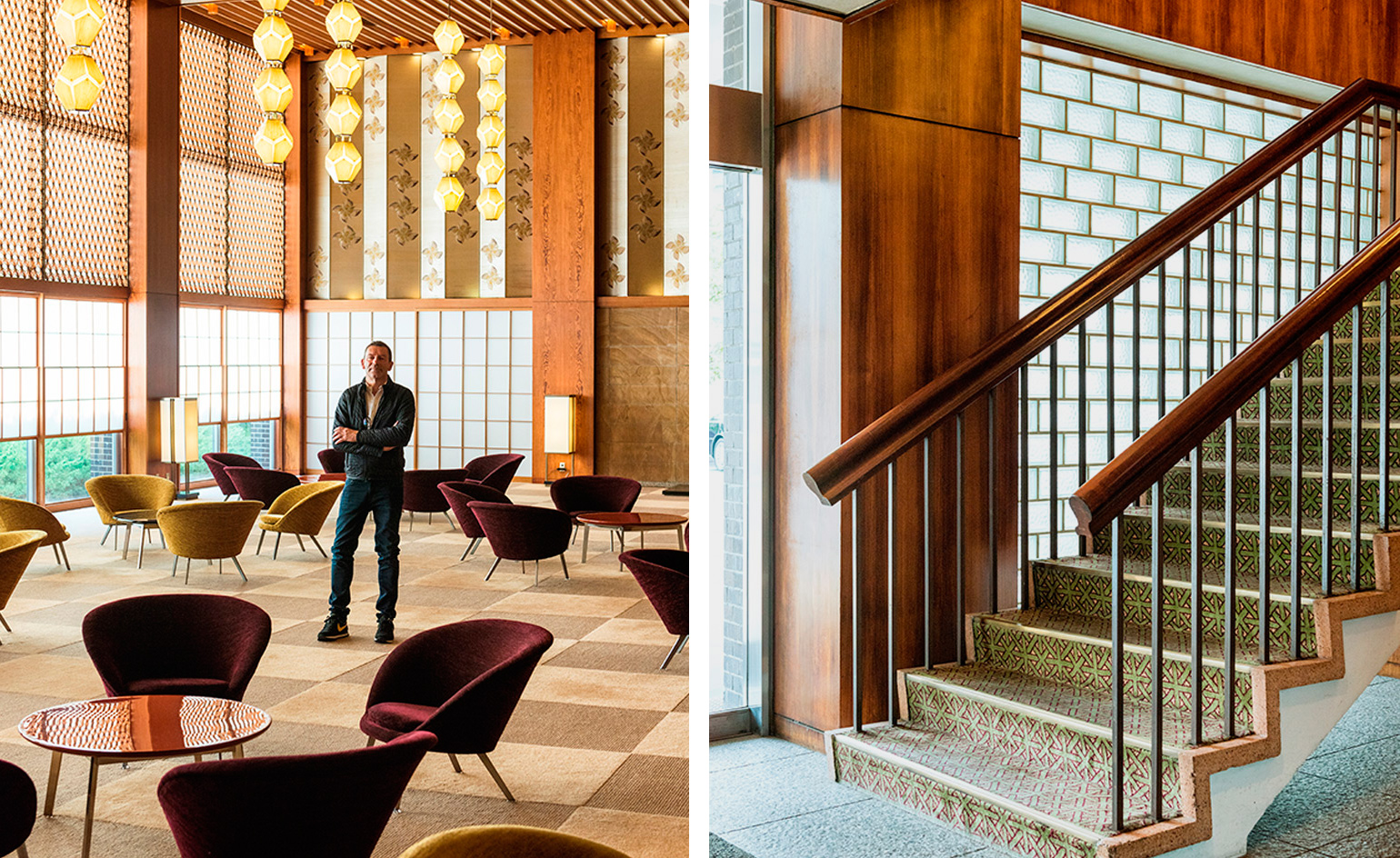Master strokes: Tomas Maier talks architectural heroes and rebuilding Bottega Veneta
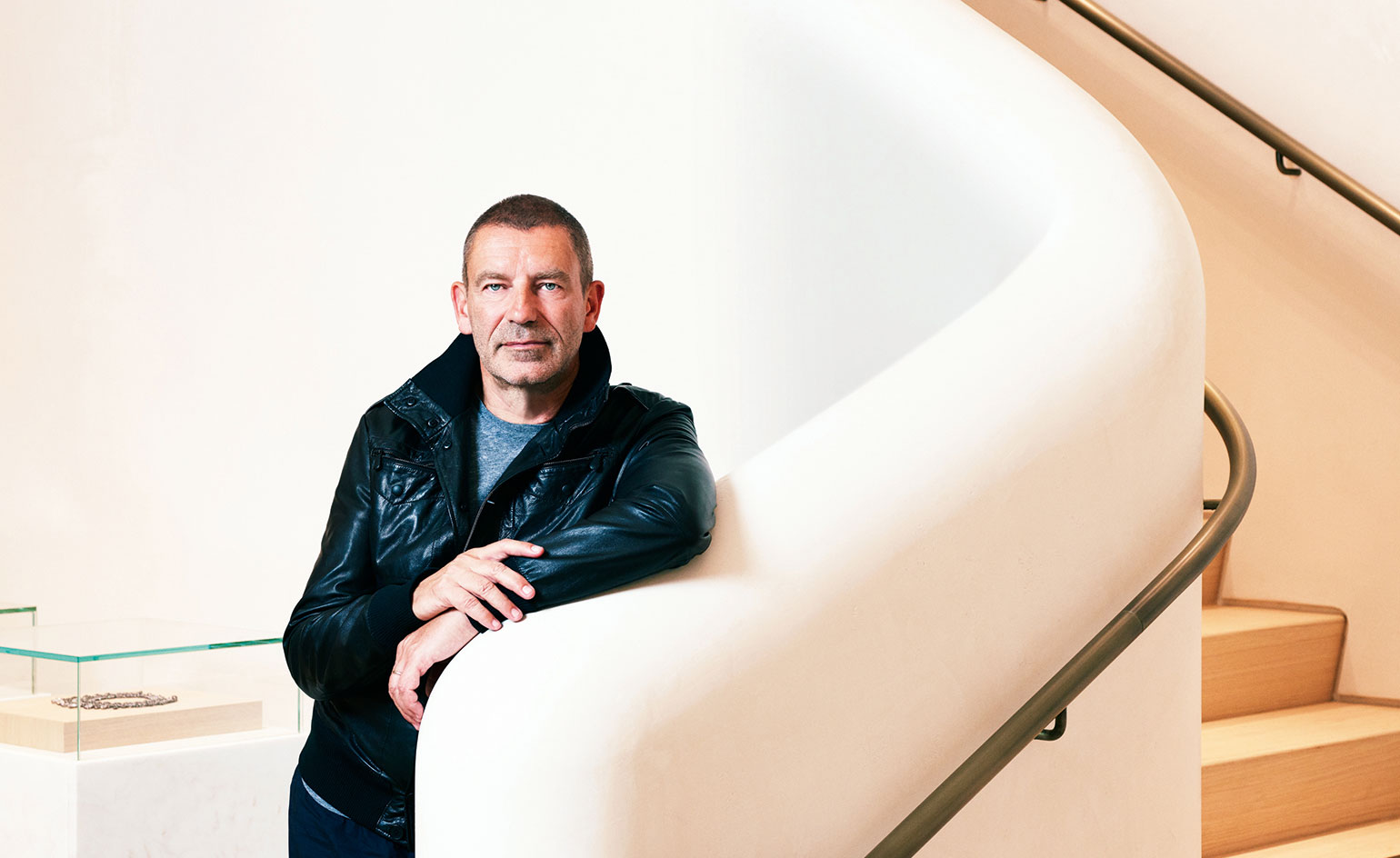
This September, Bottega Veneta turns 50 and celebrates 15 years under the creative stewardship of Tomas Maier. In that time Maier has overseen the men’s and women’s ready-to-wear, accessories and jewellery collections, a fully fledged home and furniture line, as well as the fit-outs of around 350 stores, a show space and showroom in Milan, a new base for the brand in Montebello Vicentino, in the Veneto region of Italy, and most recently a ‘maison’ in Beverly Hills, one of a new generation of the brand’s stores that embrace local architecture.
The maison, opened on North Rodeo Drive this summer – its façade ‘nothing more than the name and three big arches’, in Maier’s words, and the playful shadow of a giant palm tree planted in front – takes its severity, restraint and use of materials from the Mediterranean Revival style, which was popular in California (and Florida) in the 1920s and 1930s. Maier wanted to connect with that time and chose to embrace the style ‘but in a restrained way’.
With each new project, Maier, whose father was a practising architect, immerses himself in local styles. ‘I used to go to LA and took an interest in midcentury architecture, starting with Rudolph Schindler, Richard Neutra, Craig Ellwood,’ he says. (Bottega Veneta’s other LA store, opened on Melrose Place in 2013, is ‘very midcentury, because the building lends itself to that’.)
Travelling to Pasadena and on to Montecito, Santa Barbara County, he discovered the ‘Mediterranean Revival thing’ and architects who built locally, such as George Washington Smith and Bertram Grosvenor Goodhue, whose 1915 Val Verde house Maier admires for ‘the non-decoration; it’s that Mediterranean Revival that’s very simple and monastic’. He also enthuses about Lutah Maria Riggs’ 1938 Romberg House.
Maier was chuffed when LA’s City Hall, presented with the Rodeo Drive design for approval, said: ‘We’ve had every façade from every store in the world hanging here, glued on to our buildings; this is the first time in 30 years that someone proposed a design for that Rodeo strip that has something to do with our town.’
The designer lives near Palm Beach, Florida, where he has a store for his own, eponymous label that also houses a personally curated selection of books on Floridian architecture. He is encyclopaedic on who built what and when: architects such as Edward Durell Stone, who completed the condominium building 400 South Ocean Boulevard in 1964 (‘one of the nicest buildings there’), Addison Mizner, designer of the 1919 Everglades Club, Maurice Fatio and John Volk.
Maier’s vision has been key to Bottega Veneta’s success under his stewardship (it went from near bankruptcy in 2001 to bringing in a revenue of €1,286 billion last year). Construction of what would become the Milan show space and showroom was underway when the company decided to take on the site. Maier quickly intervened, adding a floating tent structure that links the buildings and ‘makes a bit of a statement’. Then there’s the bottega, or atelier, at the 18th-century Villa Schroeder-Da Porto, Veneto, restored in 2013 and offering 12,500 sq m of space and a platinum LEED (Leadership in Energy and Environmental Design) certification. ‘Its very human and friendly,’ says Maier.
His love of architecture even inspired the brand’s new fragrances. The Parco Palladiano collection takes customers through an olfactory journey into the Palladian gardens of the Veneto region. ‘I thought this was a nice story for the noses to create.’
While Maier likes to handle Bottega Veneta projects himself, for private commissions – such as a house in Maine, completed by Toshiko Mori last year, a ‘cantilevered, tucked-in, floating structure that is kind of see-through’ – he has handed over the architectural reins. How did it feel? ‘You work with someone who is very determined and knows what they’re doing, and then you have to find common ground,’ he says. ‘If both parties are like that, its a very healthy battle ground’.
As originally featured in the September 2016 issue of Wallpaper* (W*210)
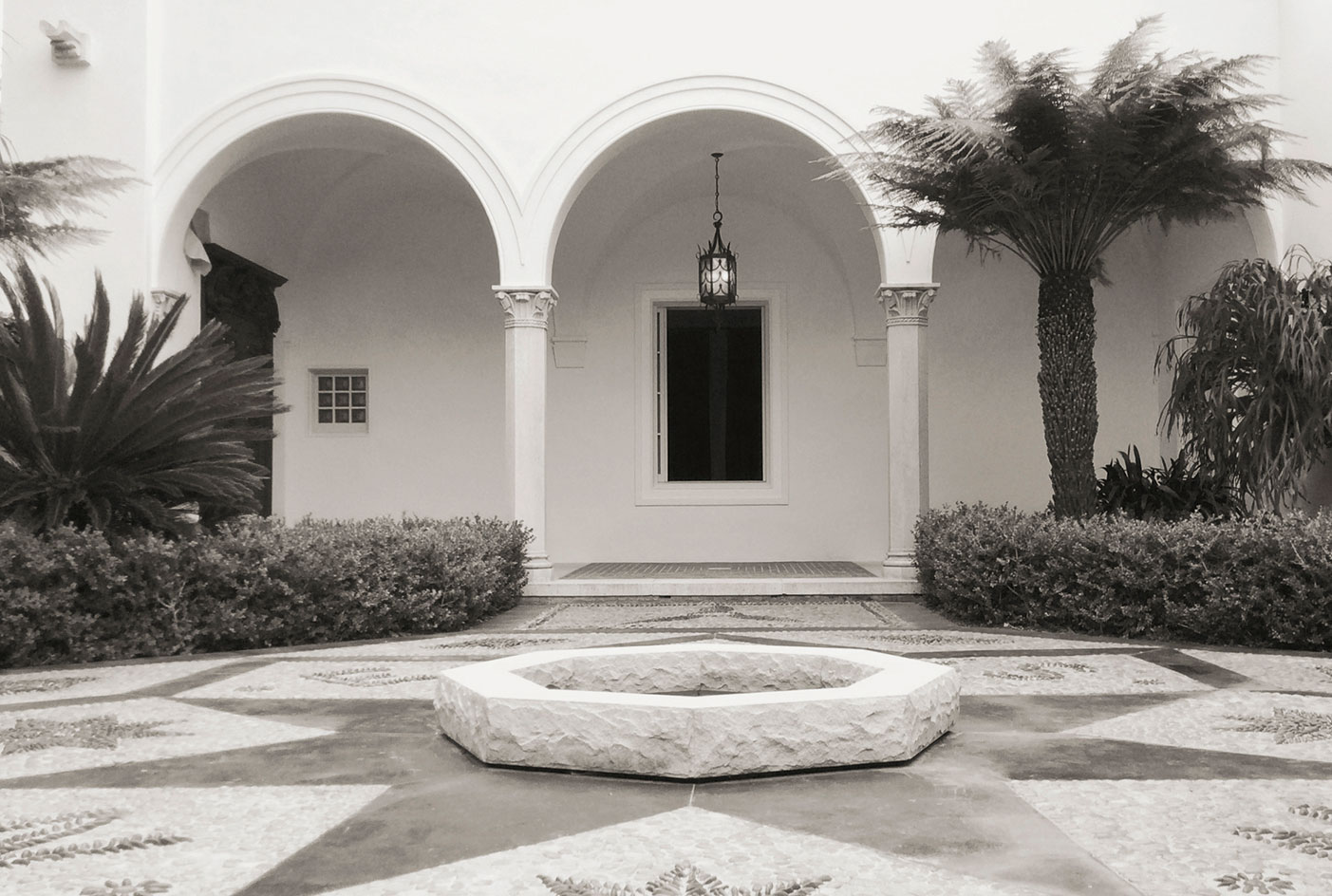
The designer regaled Wallpaper* with a selection of his architectural influences: a veritable Maier mood board. Pictured: Von Romberg House, Montecito, California, 1938, by Lutah Maria Riggs
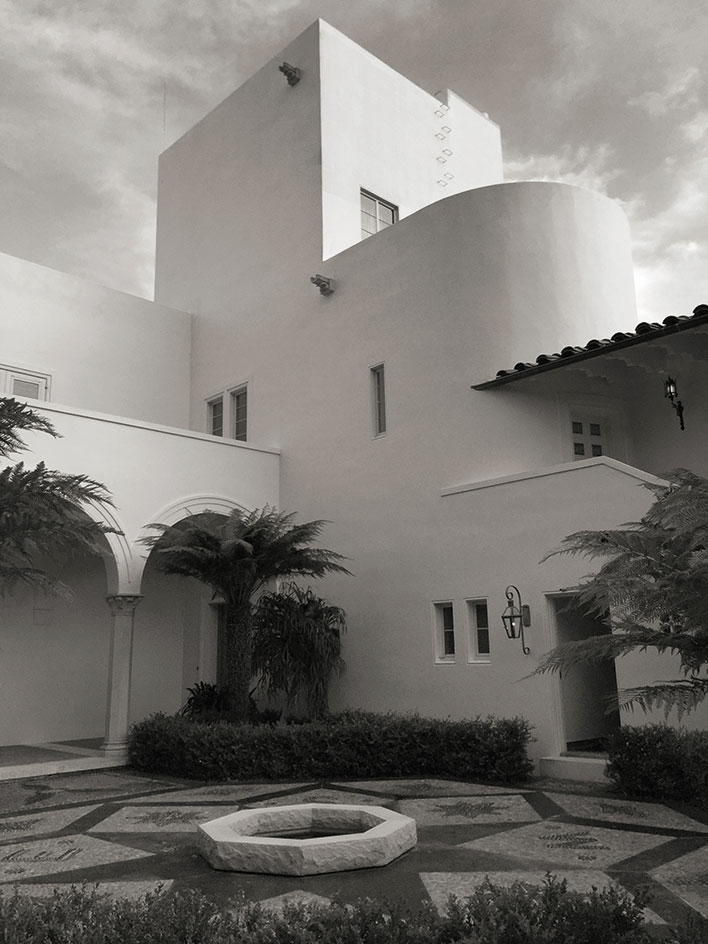
Von Romberg House, Montecito, California, 1938, by Lutah Maria Riggs
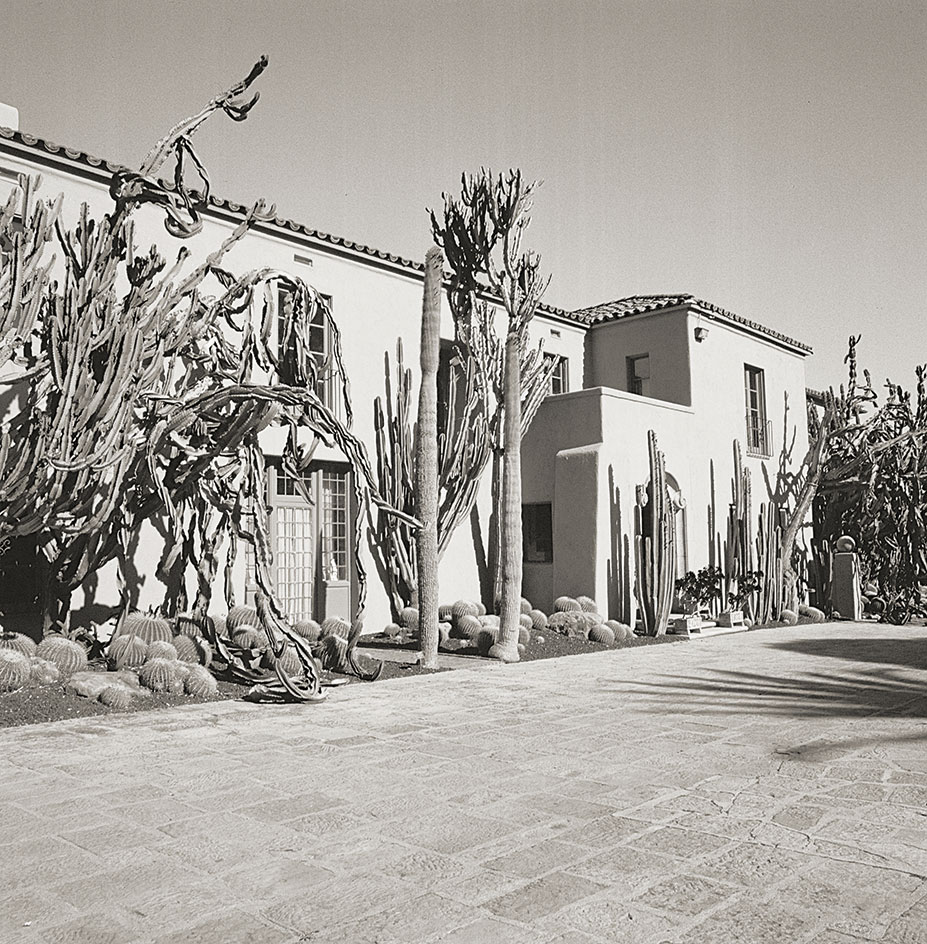
The Main House at Lotusland, Montecito, California, 1919, by Reginald Johnson
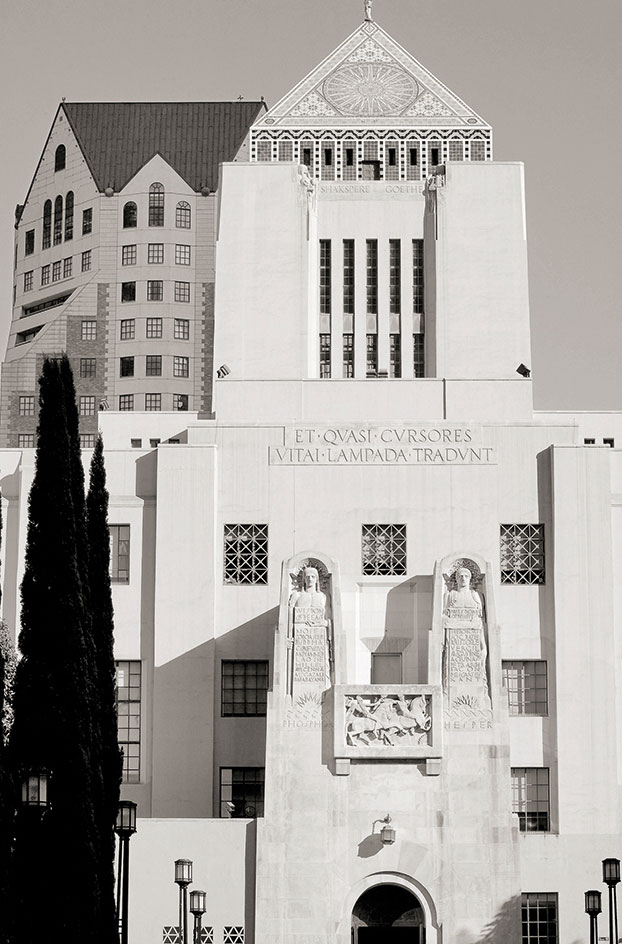
The Central Library, Los Angeles, 1926, by Bertram Grosvenor Goodhue
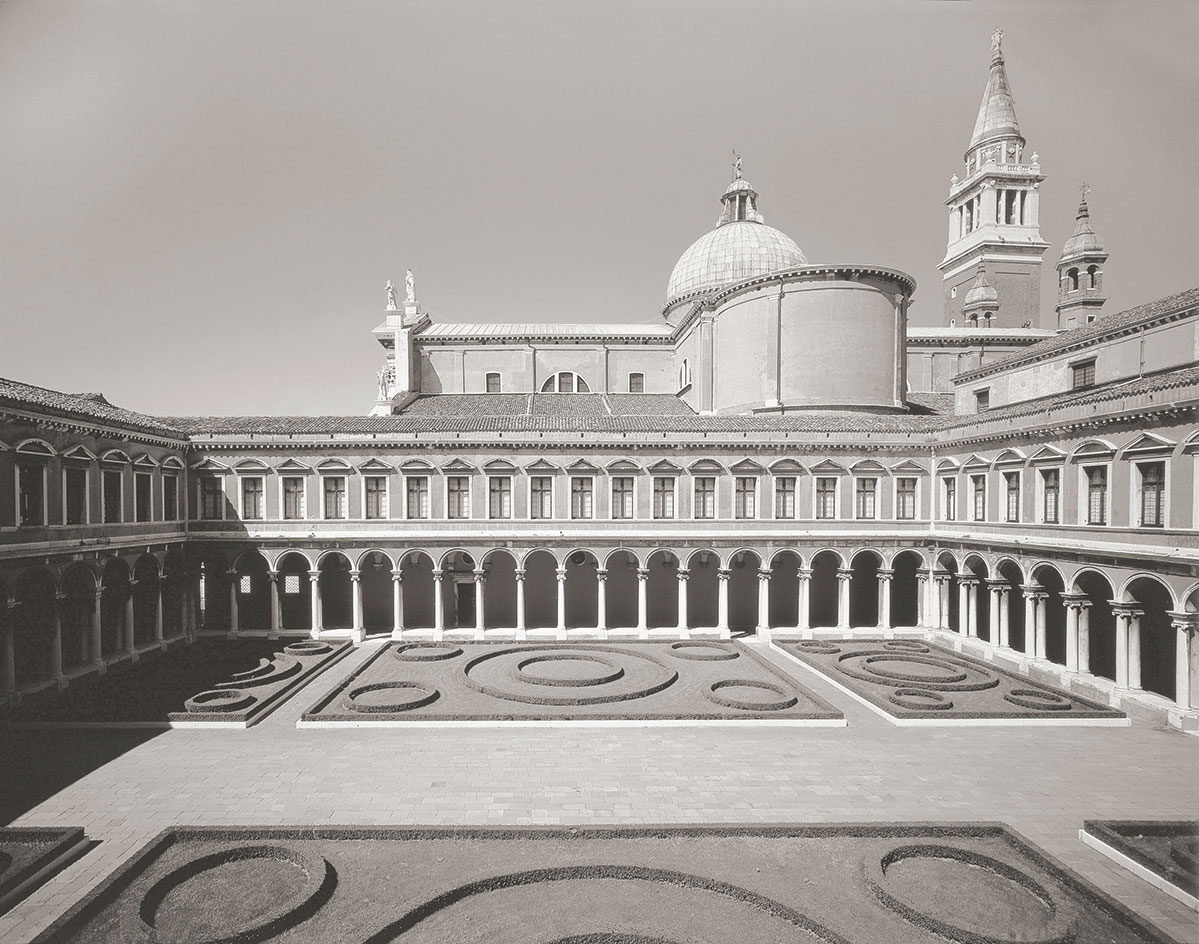
Church of San Giorgio Maggiore, Venice, 1566 to 1610, by Andrea Palladio
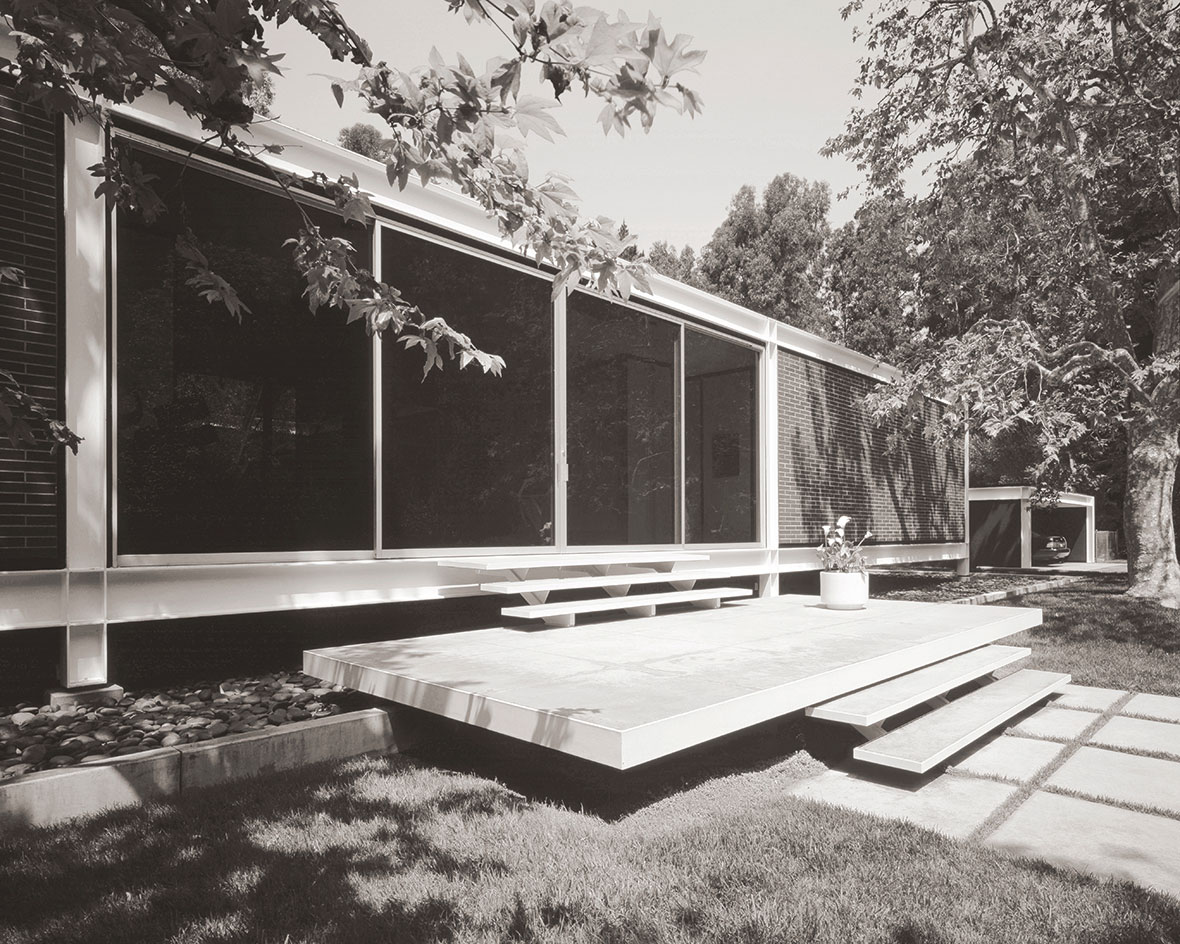
Rosen House, Los Angeles, 1963, by Craig Ellwood
INFORMATION
For more information, visit the Bottega Veneta website
Photography: Spencer Lowell
ADDRESS
Bottega Veneta
320 North Rodeo Drive
Beverly Hills, CA 90210
Receive our daily digest of inspiration, escapism and design stories from around the world direct to your inbox.
Also known as Picky Nicky, Nick Vinson has contributed to Wallpaper* Magazine for the past 21 years. He runs Vinson&Co, a London-based bureau specialising in creative direction and interiors for the luxury goods industry. As both an expert and fan of Made in Italy, he divides his time between London and Florence and has decades of experience in the industry as a critic, curator and editor.
-
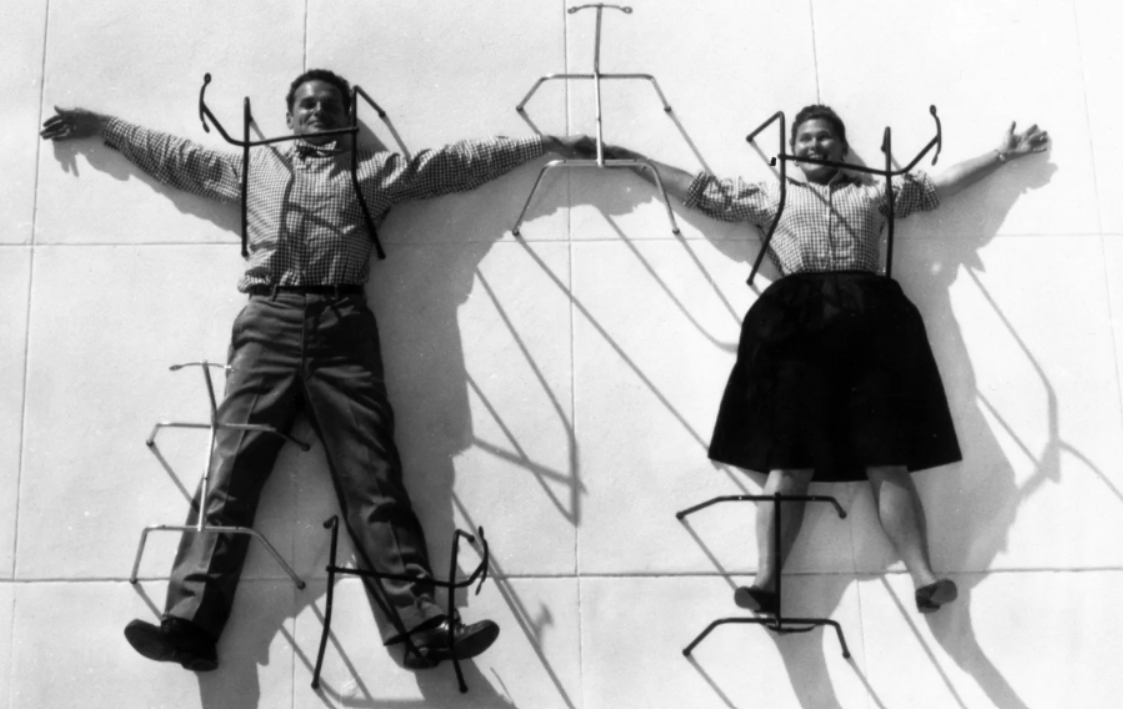 How Charles and Ray Eames combined problem solving with humour and playfulness to create some of the most enduring furniture designs of modern times
How Charles and Ray Eames combined problem solving with humour and playfulness to create some of the most enduring furniture designs of modern timesEverything you need to know about Charles and Ray Eames, the American design giants who revolutionised the concept of design for everyday life with humour and integrity
-
 Why are the most memorable watch designers increasingly from outside the industry?
Why are the most memorable watch designers increasingly from outside the industry?Many of the most striking and influential watches of the 21st century have been designed by those outside of the industry’s mainstream. Is it only through the hiring of external designers that watch aesthetics really move on?
-
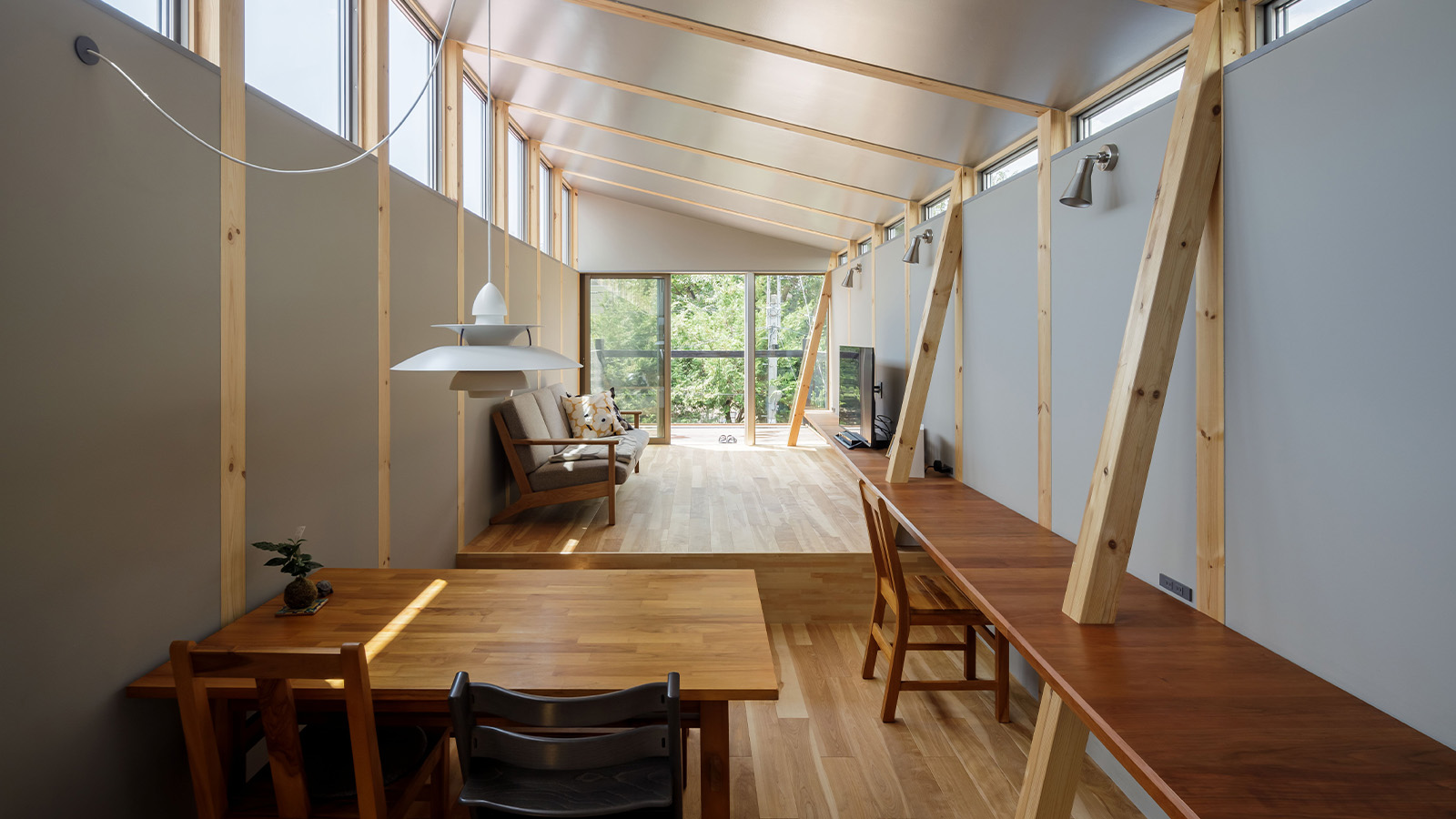 This Fukasawa house is a contemporary take on the traditional wooden architecture of Japan
This Fukasawa house is a contemporary take on the traditional wooden architecture of JapanDesigned by MIDW, a house nestled in the south-west Tokyo district features contrasting spaces united by the calming rhythm of structural timber beams
